|
The DNA of any living thing determines all the chemistry that goes on inside it – and that determines all its characteristics, most importantly what it looks like. Over many generations, DNA changes. So two species that had a common ancestor relatively recently should have DNA that is similar, and of course they should look similar. If they diverged a long time ago, their appearances will be more different, and their DNA sequences will be more different.
The genus Meconopsis is divided into sections and series, and then species and in some cases subspecies or varieties (see Meconopsis Classification), each level involving smaller differences between its members than the previous one. We expect that to be reflected in the DNA, showing us how plants are related to one another. |
|
Our project
The Meconopsis Group has started a project in collaboration with Jason Carling, who works with Diversity Arrays Technology, a company based in Canberra, Australia. We send small, dried samples of leaves (occasionally of seeds), from which DNA is extracted. They are then analysed using Diversity Array Technology sequencing (DArTseq), giving the base sequences. This method targets the entire exome, which is the protein-coding part of the genome, which is most significant for determining the characteristics of the plants.
Relationships between the plants are given simply by the differences between their DNA base sequences. |
First stage
In the first stage of this project, we are comparing the sections and series within the genus. Our first batch of samples sent to Australia included 3 of the 4 sections and 10 of the 19 series. The data confirm that the differences between sections are large, and between series they are smaller. Species can easily be distinguished. So that is an encouraging start – both for the analysis method and for the botanists who have defined groups within in the genus on the basis of what they look like!
|
|
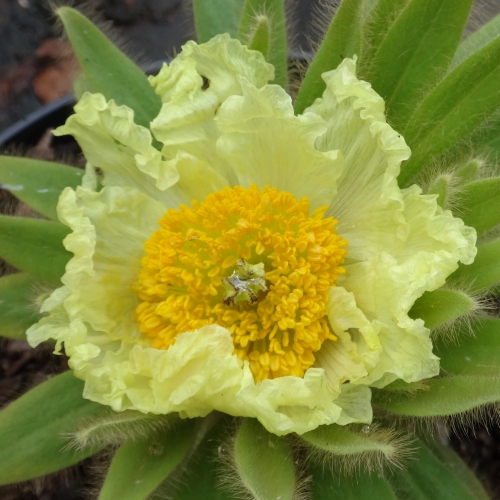
|
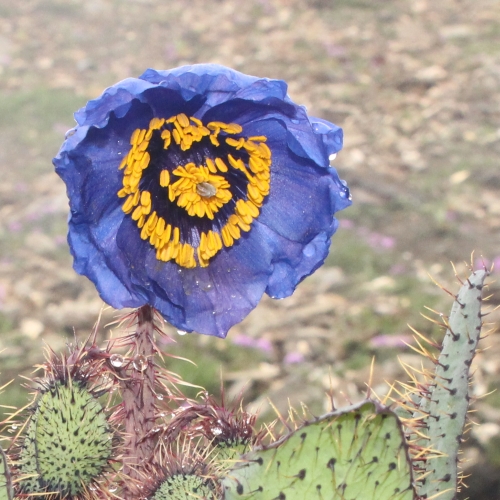
|
|
Second Stage
The second stage involves looking at as many species as possible, and their subspecies and varieties. As there are nearly 130 taxa, that is asking a lot. By the end of 2021 we had samples for all 4 sections and all but 3 of the 19 series. We will see how great the differences are within each section or series, and should be able to identify cases where the present classification may need to be reconsidered.
Our DNA samples page gives details of the samples that we have for the sections and series, and you can link to lists for all the species and subspecies etc. within those groups. We hope that our friends in countries where the species grow wild will be able to help in providing samples. |
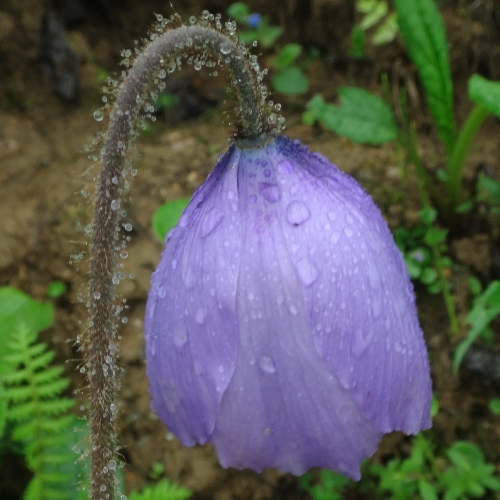
|
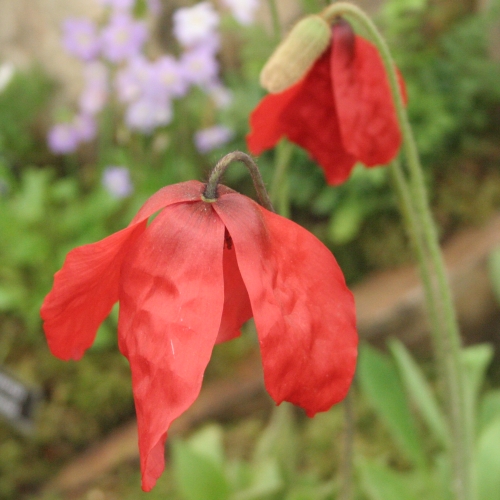
|
|
And then?
Then we would like to tackle some real challenges. Hybrids must contain some DNA from each of their parents so it is possible to identify the parents, so long as the parents’ DNA sequences are already known. |
Many of the cultivated varieties of Meconopsis, particularly the big blue poppies, are likely to be hybrids, but we don’t know for sure what their parents were. And it is possible that several varieties may be from the same parents. There is a lot that we would like to know, and we hope that through this project we will learn more about these beautiful and interesting plants, and their origins. We have samples for many cultivars, but only a few have so far been submitted for analysis. |
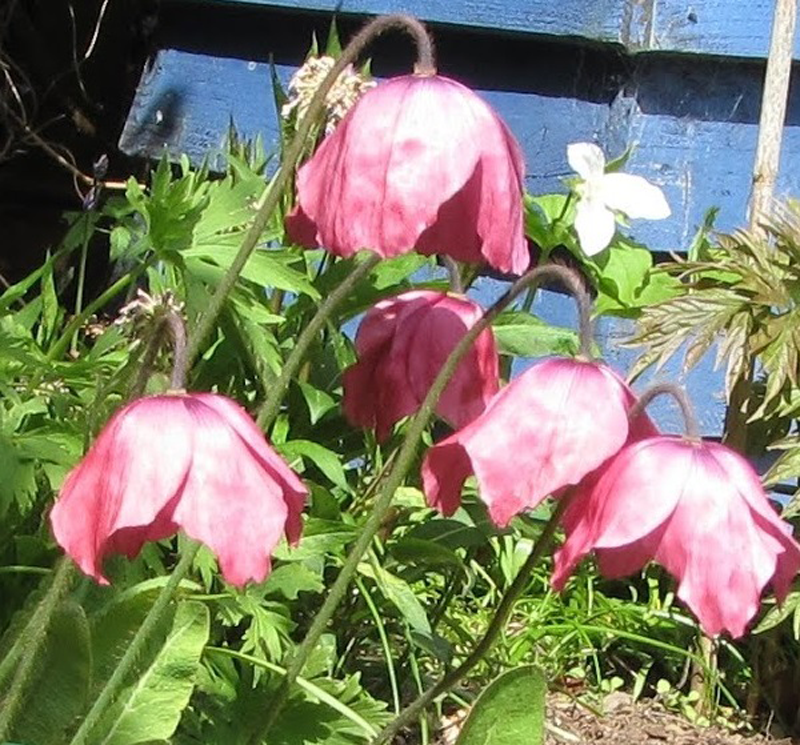
|
Meconopsis ×cookei is the natural hybrid of Meconopsis quintuplinervia and Meconopsis punicea. In our first batch of samples we included both parents and the hybrid, and the data demonstrated the relationship beautifully. That suggests that we have a very good chance of being able to identify the parents of cultivated plants. In particular, that should give us really valuable information about the origins of the ‘big blue poppy’ cultivars. |
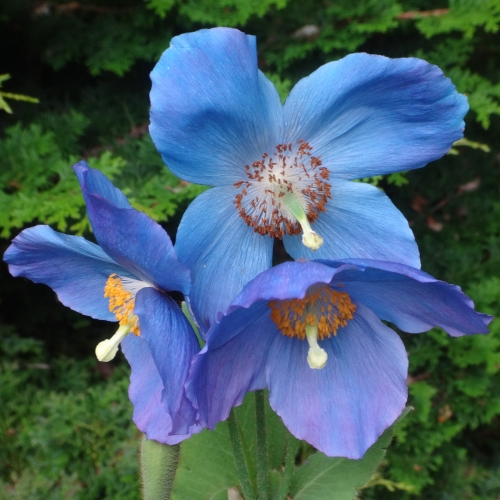
|
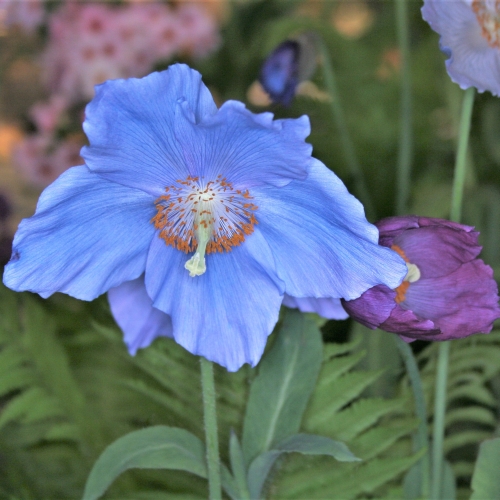
|
|
Can you help?
• if you grow unusual species or can collect wild samples • if you can help practically with samples • if you can enter data • if you can do DNA analyses – there is always need for more!
|
|
|
Members of the Group can access reports of talks on Meconopsis genetics in the Group archive. Search for relevant documents by selecting ‘Talk’ as Document Type and entering ‘DNA’ or ‘chromosome’ in the Document Name column and clicking on Filter. |
|
|
|
|